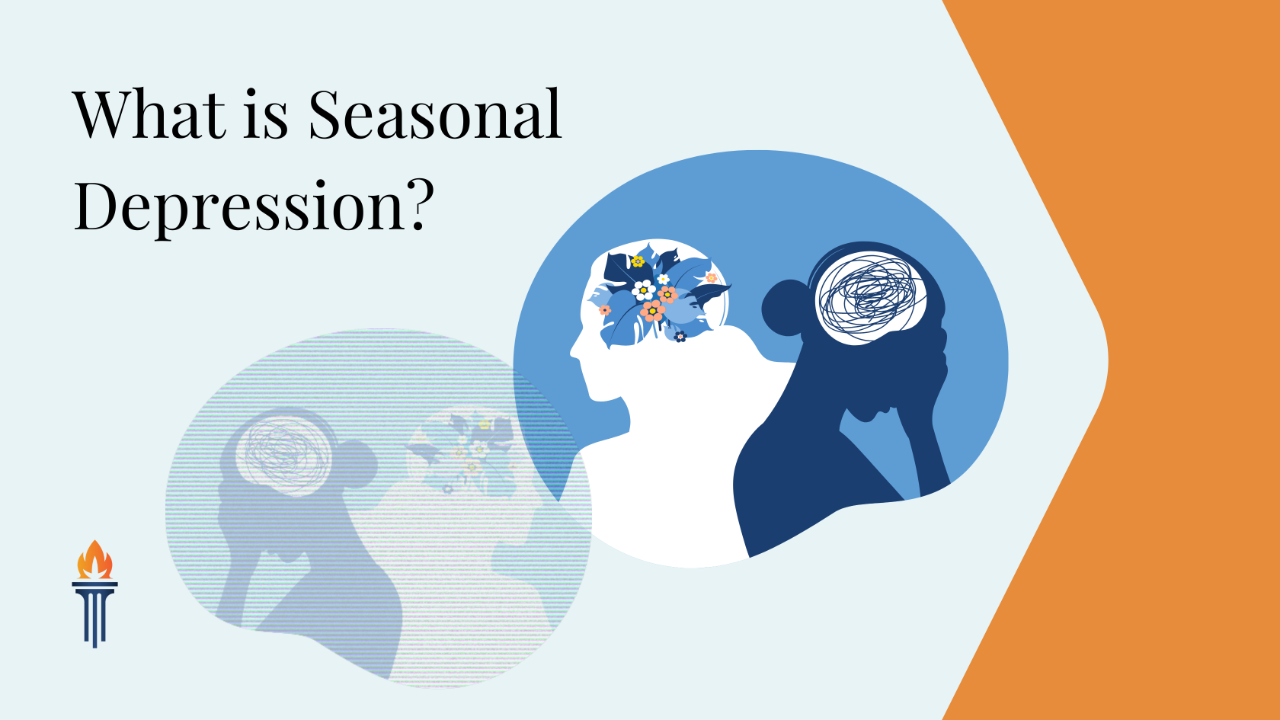What Is Seasonal Depression?
Oct 18, 2022
Now that the fall season has arrived with winter close behind it's time to have a discussion about depression. More specifically seasonal depression, also known as seasonal affective disorder, or SAD.
What Is Seasonal Depression?
According to the Mayo Clinic, "seasonal affective disorder is a type of depression that's related to changes in seasons, beginning and ending at about the same times every year." Symptoms of SAD typically start in the fall and continue through the winter, usually letting up during the spring and summer. However, it is possible, through rare, for SAD to "cause depression in the spring or early summer and resolve during the fall or winter months."
Who Can Experience Seasonal Depression?
There here are many factors that can influence SAD. During the colder months the sun sets earlier, this decrease in sunlight may disrupt your body's internal clock, aka your circadian rhythm and lead to feelings of depression. Reduced sunlight can also cause your serotonin levels to drop. Serotonin is a brain chemical that affects your mood, and low levels of serotonin are associated with depression. Seasonal changes may also mess with your body's melatonin levels which can cause disruptions in your sleeping patterns. According to the Mayo Clinic, "SAD appears to be more common among people who live far north or south of the equator."
How Do I Know If I Have Seasonal Depression?
The symptoms of SAD are pretty similar to the symptoms of standard depression, which is why it is especially important to be aware of the symptoms, particularly if you have existing mental health struggles. Factors that may increase your risk of seasonal affective disorder include having major depression or bipolar disorder, as existing depression symptoms can get worse seasonally.
Symptoms of SAD include:
- Social withdrawal
- School or work problems
- Substance abuse
- Other mental health disorders such as anxiety or eating disorders
- Suicidal thoughts or behavior
-
Increased sleep and daytime drowsiness, fatigue, low energy level
-
Loss of interest and pleasure in activities formerly enjoyed
-
Irritability and anxiety
-
Decreased ability to focus or concentrate, trouble thinking clearly
-
Increased appetite, especially for sweets and carbohydrates
-
Weight gain
-
Physical problems, such as headaches
How Do I Combat Seasonal Depression?
Treatments for Fall/Winter SAD and Spring/Summer SAD may differ slightly, however this article will be focusing on Fall/Winter treatments. While you cannot exactly cure seasonal depression, you can alleviate the symptoms. Some ways to do this include:
-
Get regular exercise.
-
Eat healthy, well-balanced meals.
-
Stay away from alcohol and drugs. These can make depression worse.
-
Get exposure to sunlight
-
Light therapy; If increasing sunlight is not possible, exposure to a special light for a specific amount of time each day may help.
- Vitamin D supplements may help make up for depleted vitamin D levels in your body due to the decrease in sunlight, low levels of vitamin D are also associated with depression

